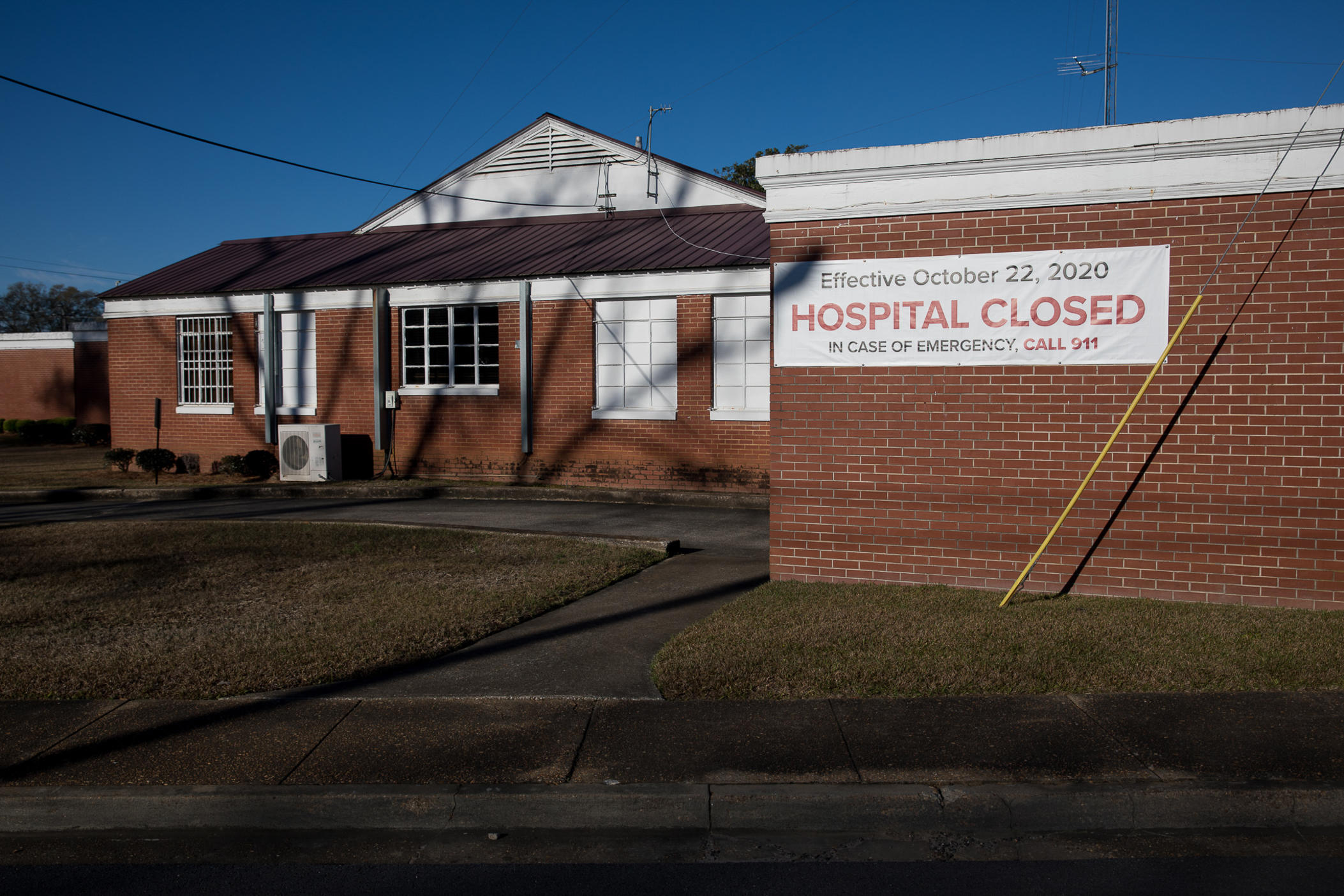Section Branding
Header Content
Southwest Georgia hospital could reopen with help from federal appropriations
Primary Content
LISTEN: A feasibility study underway will help decide the new model for the facility. Randolph County lost its only hospital in 2020 after decades of it being in operation. GPB's Sofi Gratas explains.
The community of Cuthbert in Southwest Georgia was left reeling when its only hospital closed in 2020 after decades of being in operation.
Now, congressional appropriations passed mid-March secured $11.8 million for the Randolph County Hospital Authority to re-establish a hospital in town.
Earmarks were requested by U.S. Rep. Sanford Bishop and Sens. Jon Ossoff and Raphael Warnock with a final $5.5 million secured in last weekend's trillion-dollar spending package.
Southwest Georgia Regional Medical Center closed just months into the COVID-19 pandemic after struggling to meet costs from aging infrastructure and an influx of underinsured and uninsured patients. It's one 12 hospitals to close in the state over the past decade.
Steve Whatley with the hospital authority says the key this time is a facility that costs less.
“We can't open up just like we were, because obviously that model is not sustainable,” Whatley said. “So we've certainly got to think out of the box.”
Whatley said they’re considering reopening as a Rural Emergency Hospital. The model requires hospitals switch out inpatient beds for a focus on emergency services, in exchange for a boost in federal support. That means losing beds used for operations or long-term stays for chronic health issues, though Rural Emergency Hospitals must have a transfer agreement with a nearby facility.
- RELATED: A new federal model for rural hospitals may help them stay open. So far, Georgia has only one
Alternatively, rural hospitals participating in Medicare can apply for Critical Access designation, which requires inpatient and emergency care services. Proximity limits could be an issue though, since the current building is within 35 miles of other hospitals.
That hasn’t made not having their own hospital any easier.
“We're trying to be able to offer more services to our community because it is terribly underserved this time,” Whatley said. “You've got so many citizens that don't have the transportation.”
In fact, about 8% of households in Randolph County don’t have a car.
A feasibility study underway will help decide the new model. Federal grants like from the U.S. Department of Agriculture for the rest of the money may be needed for renovations or equipment but have not come through yet.
Randolph County is within the bottom 10 in the state for health outcomes according to the Department of Public Health’s rankings. That includes higher than average poverty, unemployment and healthy food insecurity rates and higher than average hospitalizations for respiratory illnesses.


